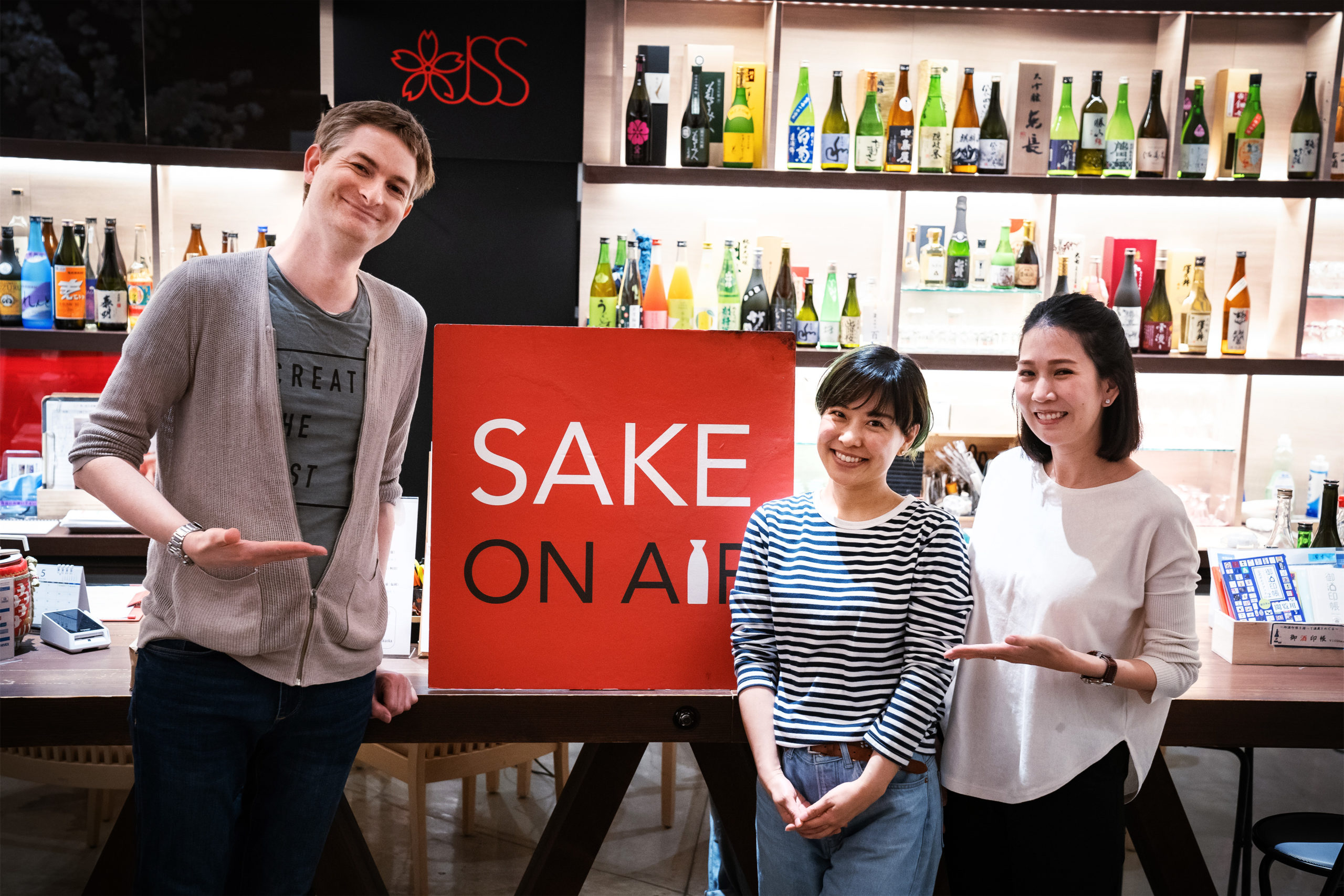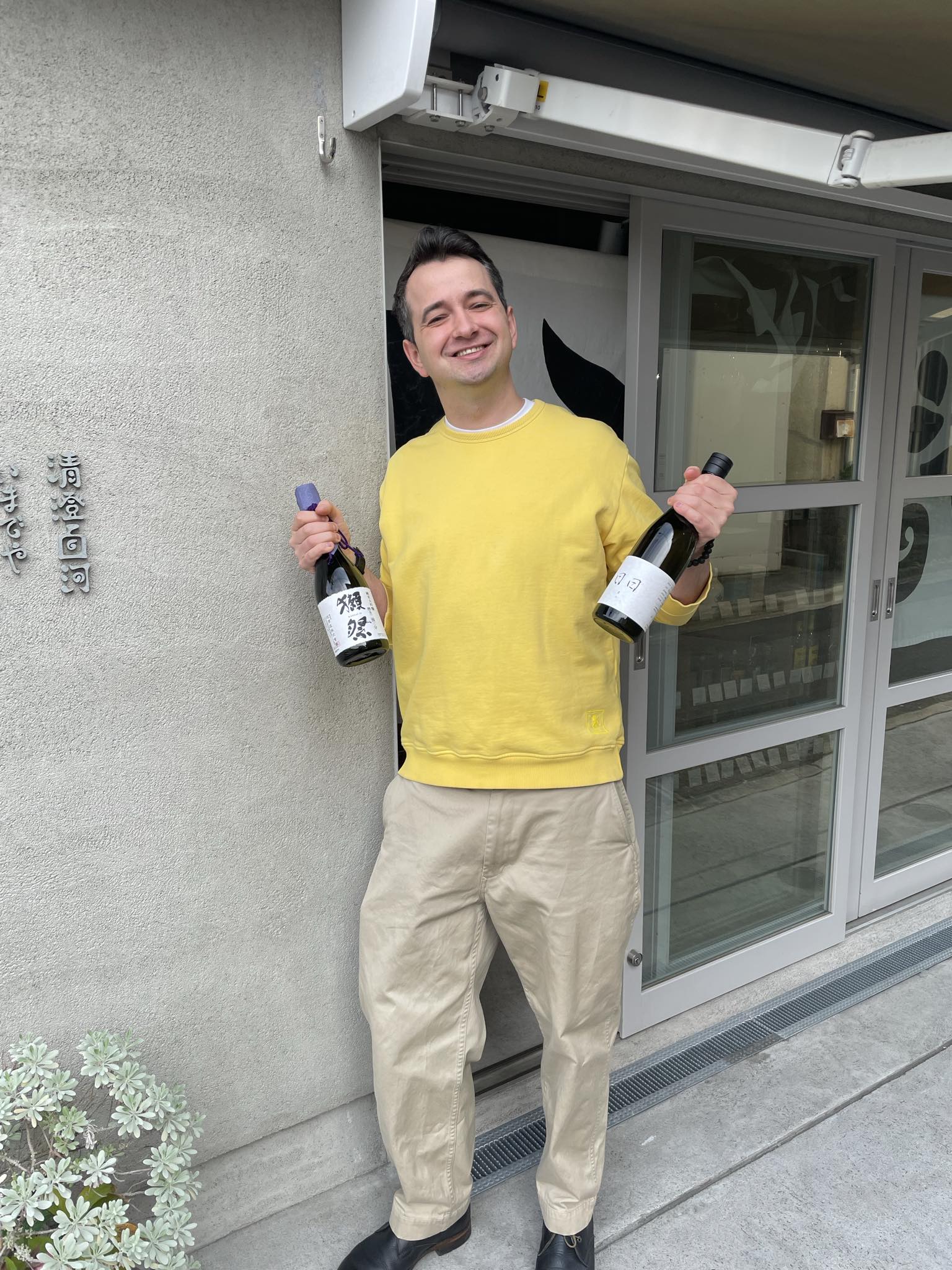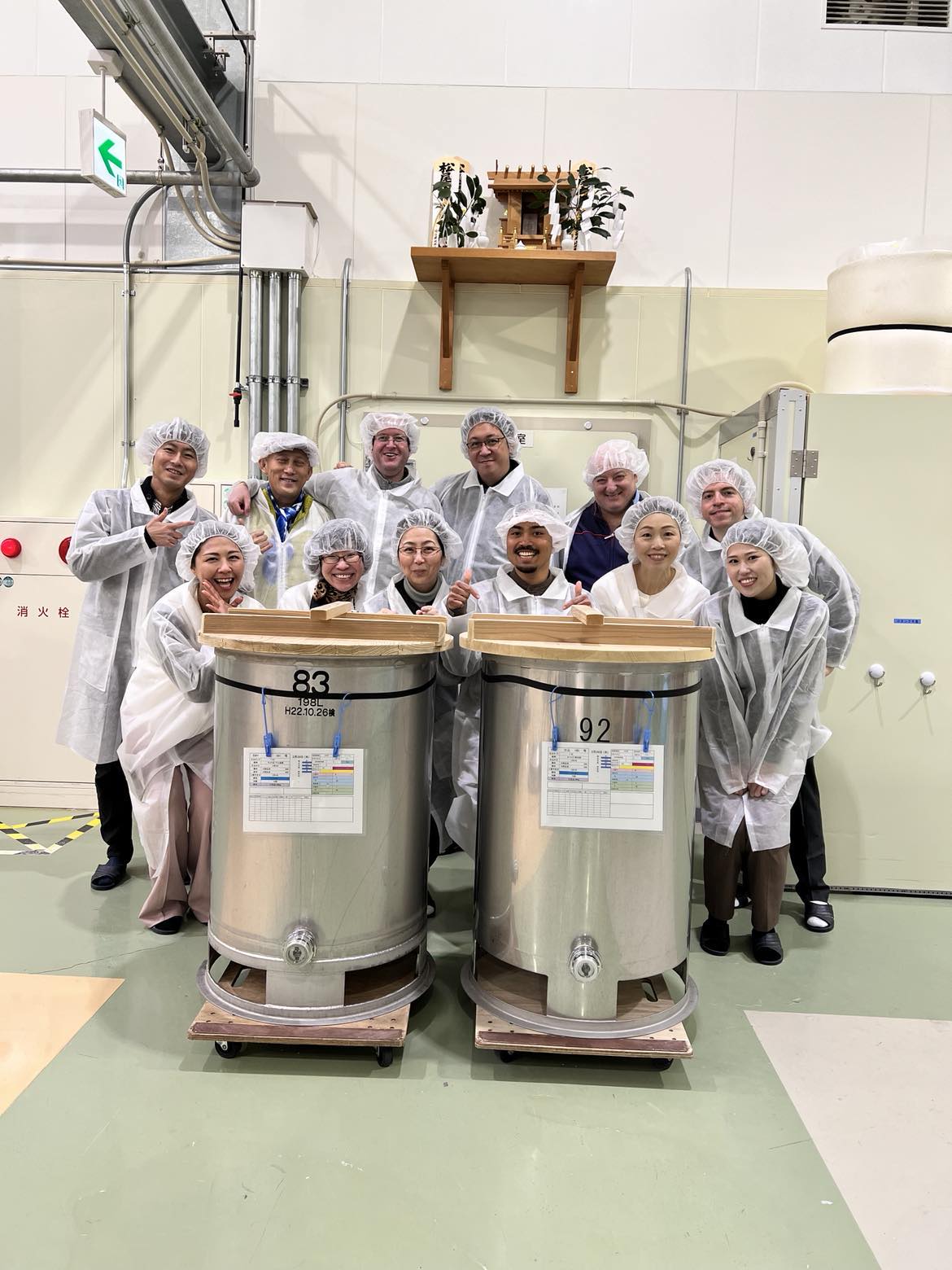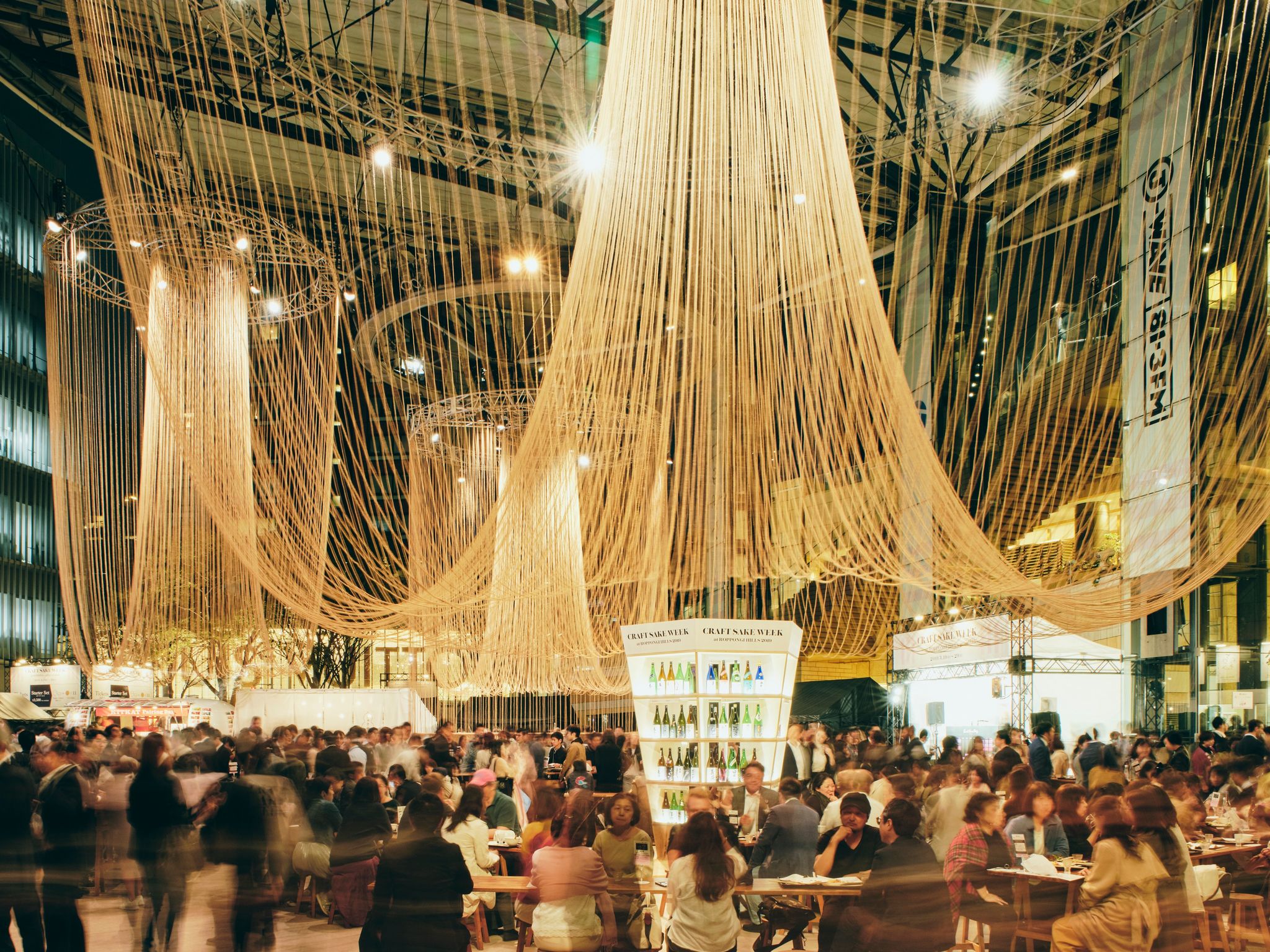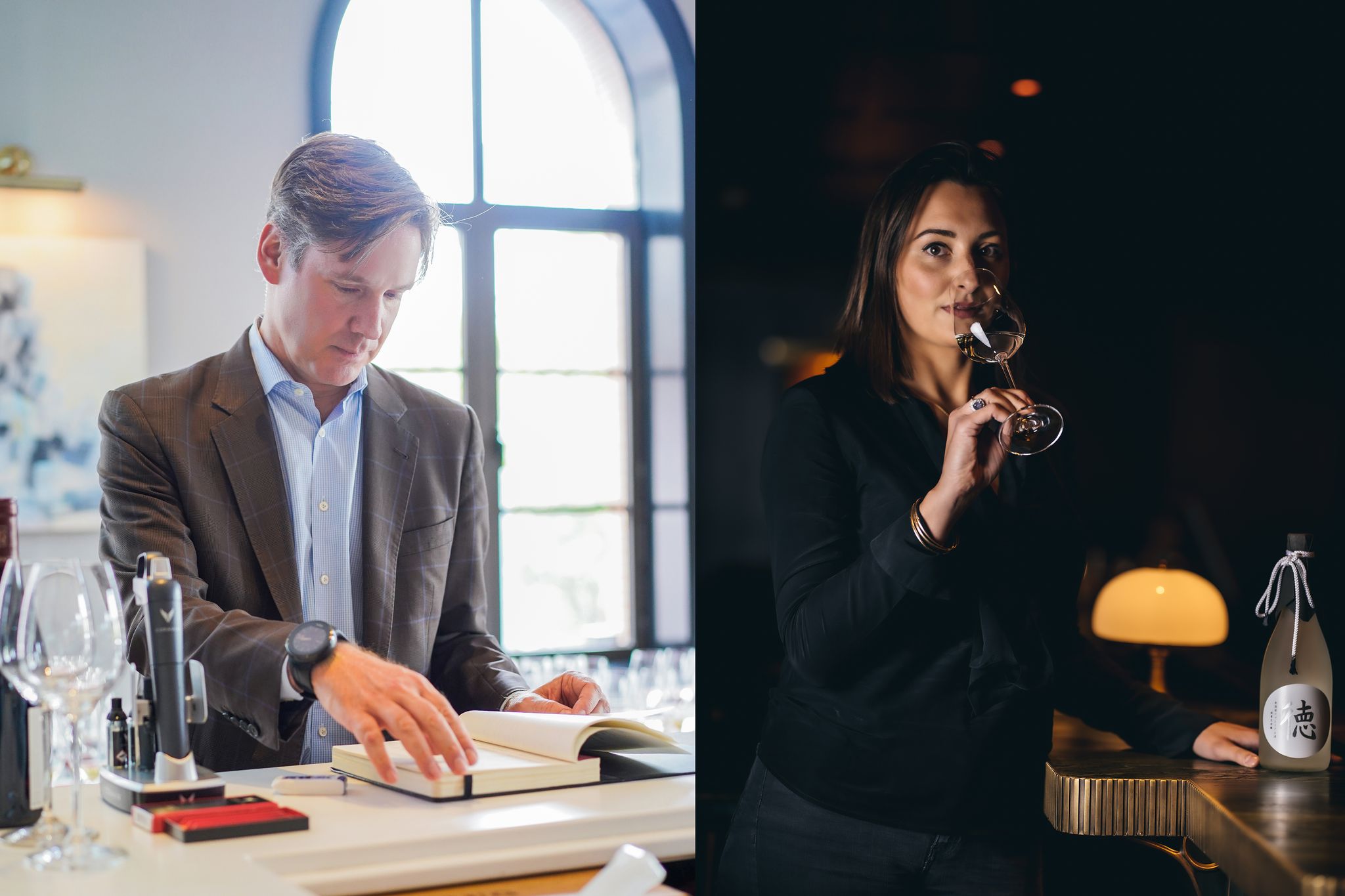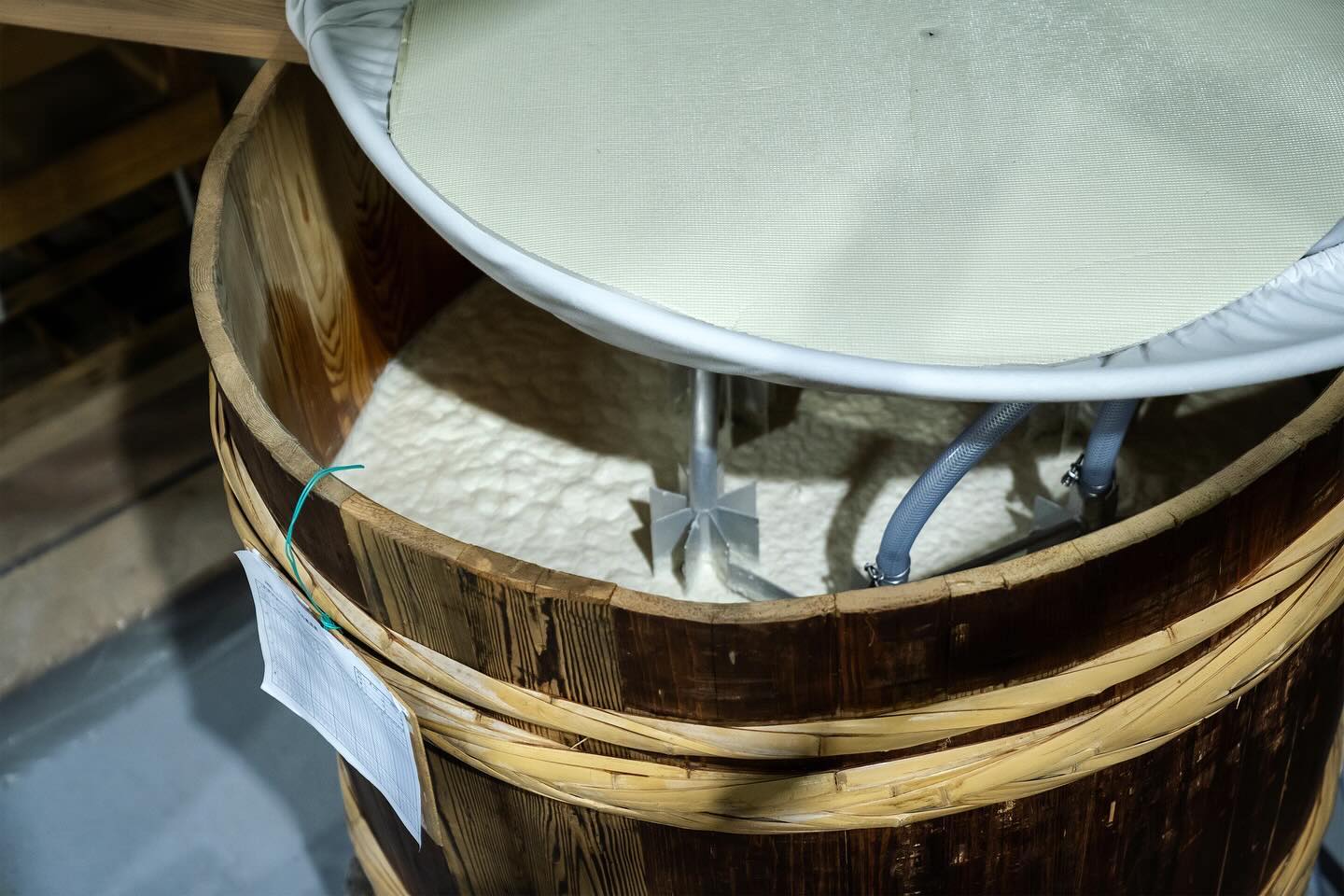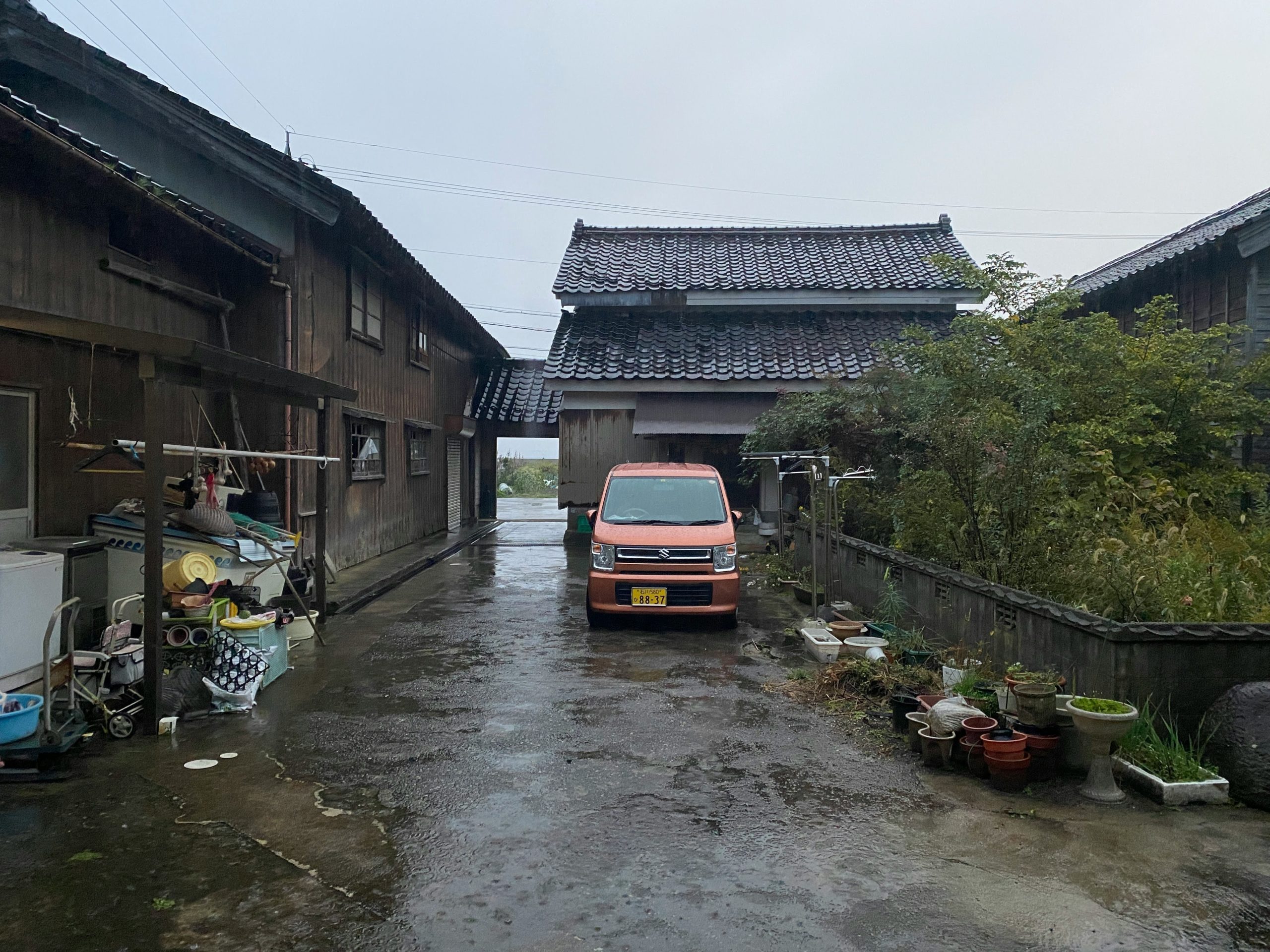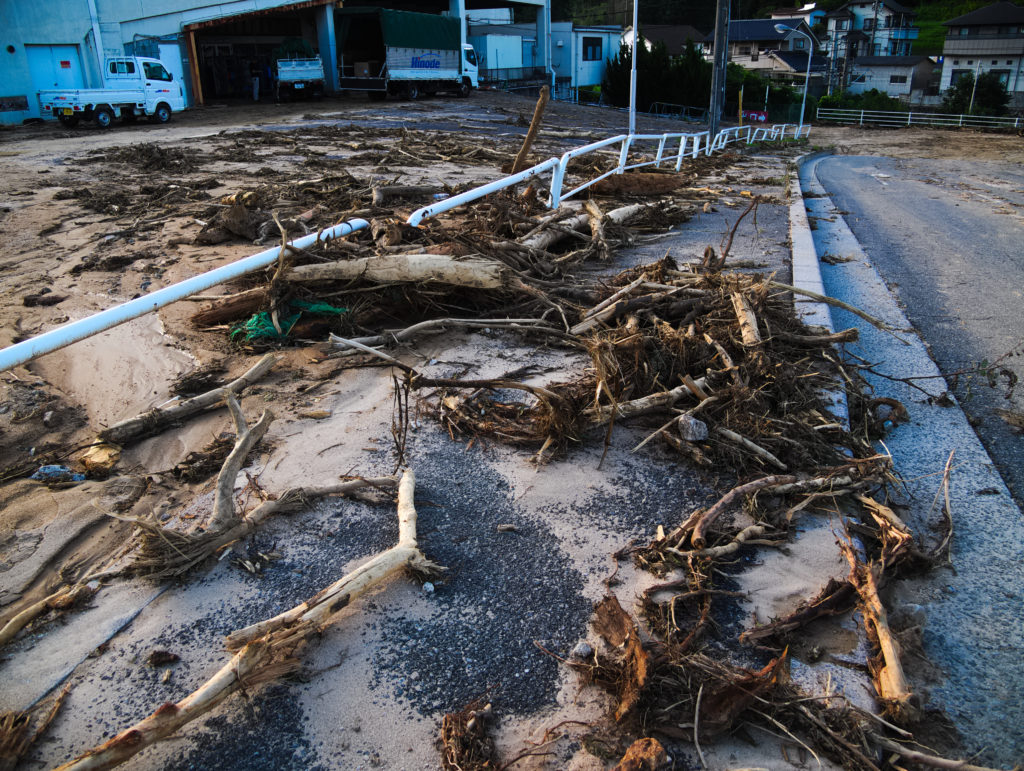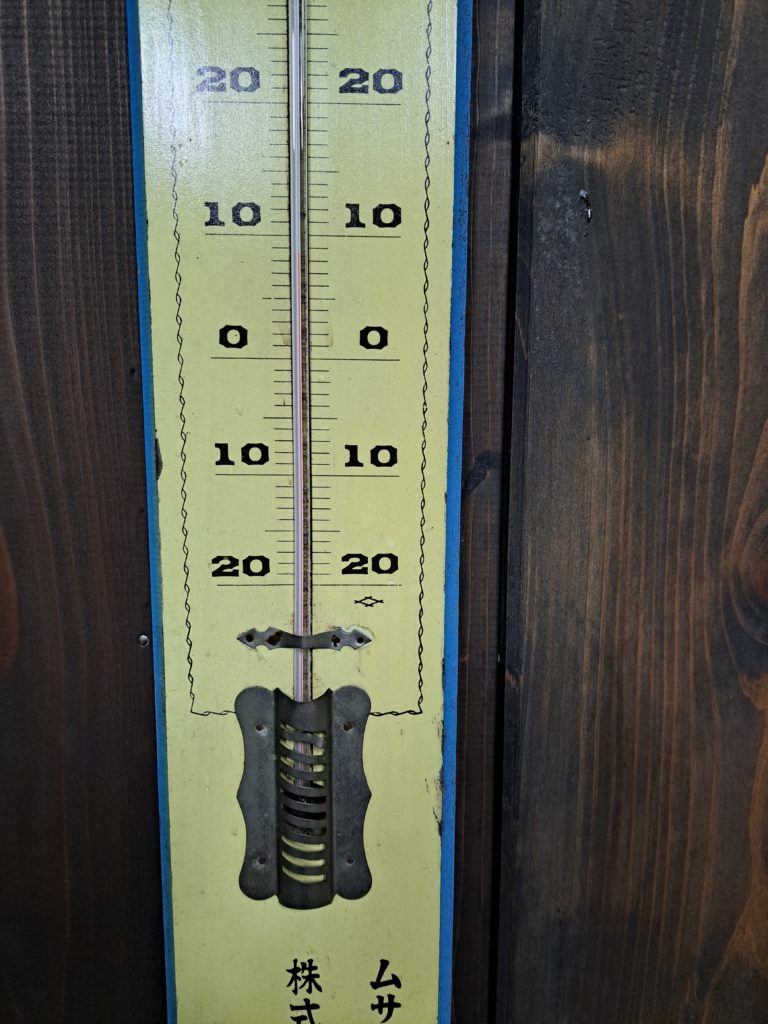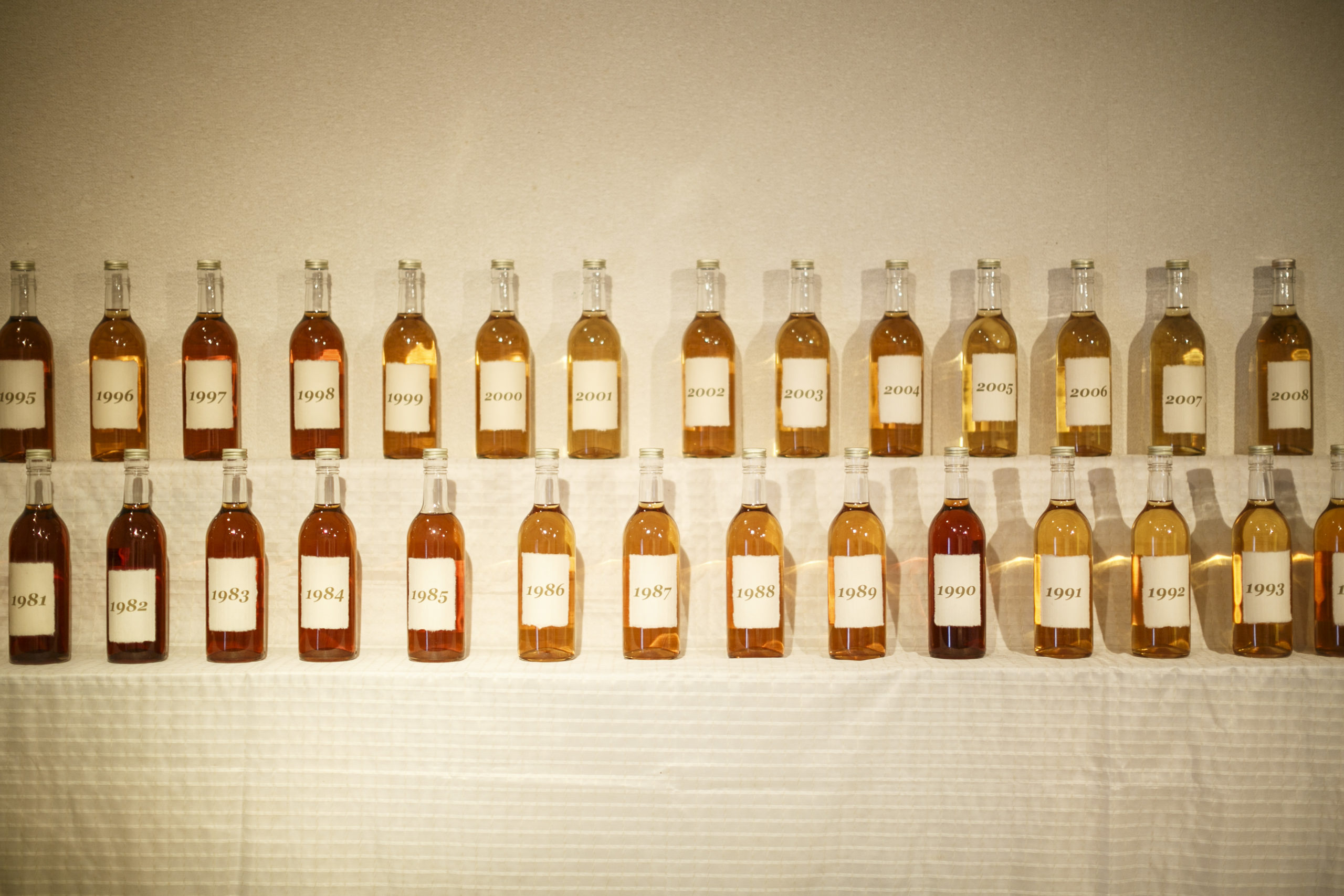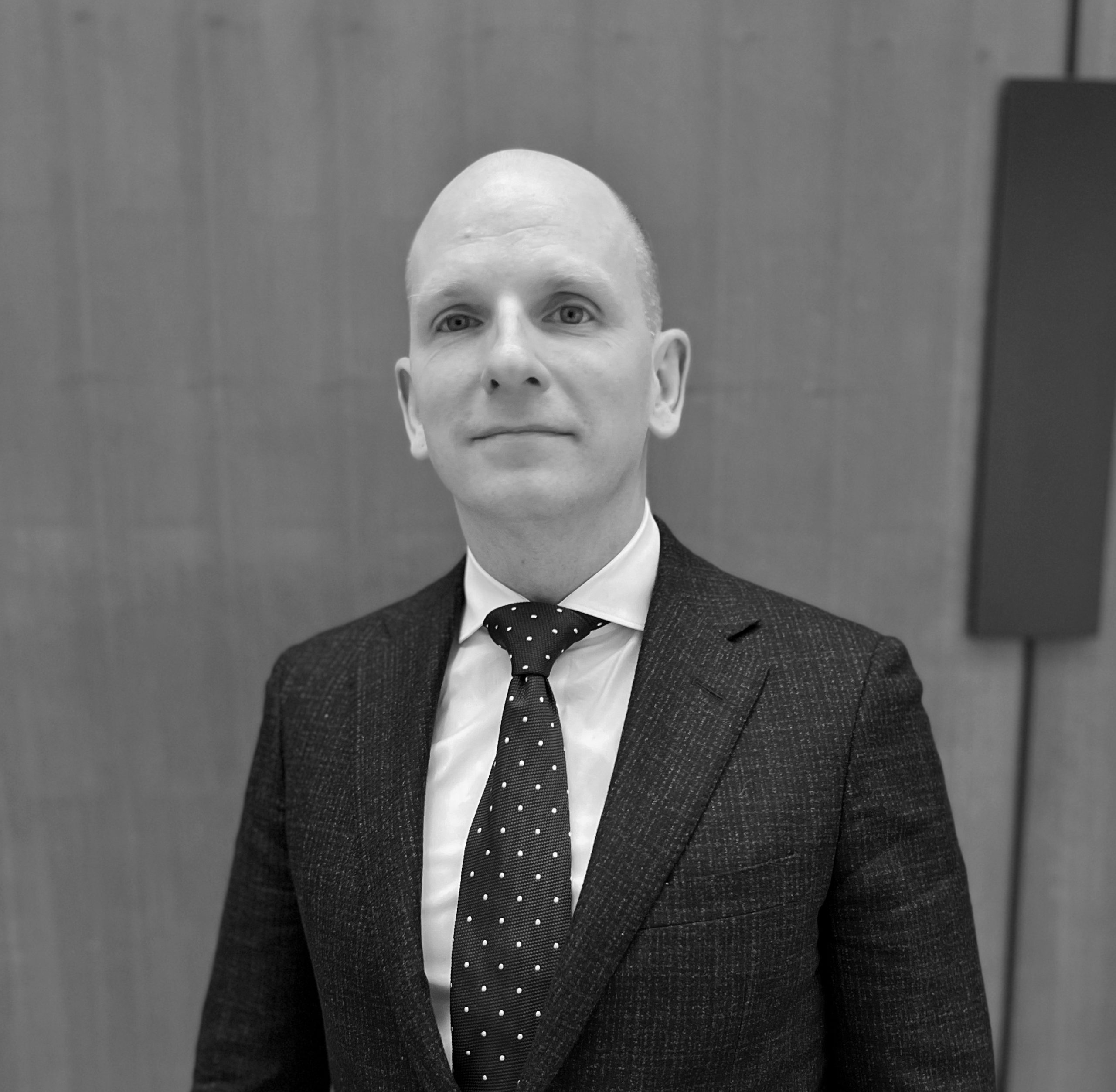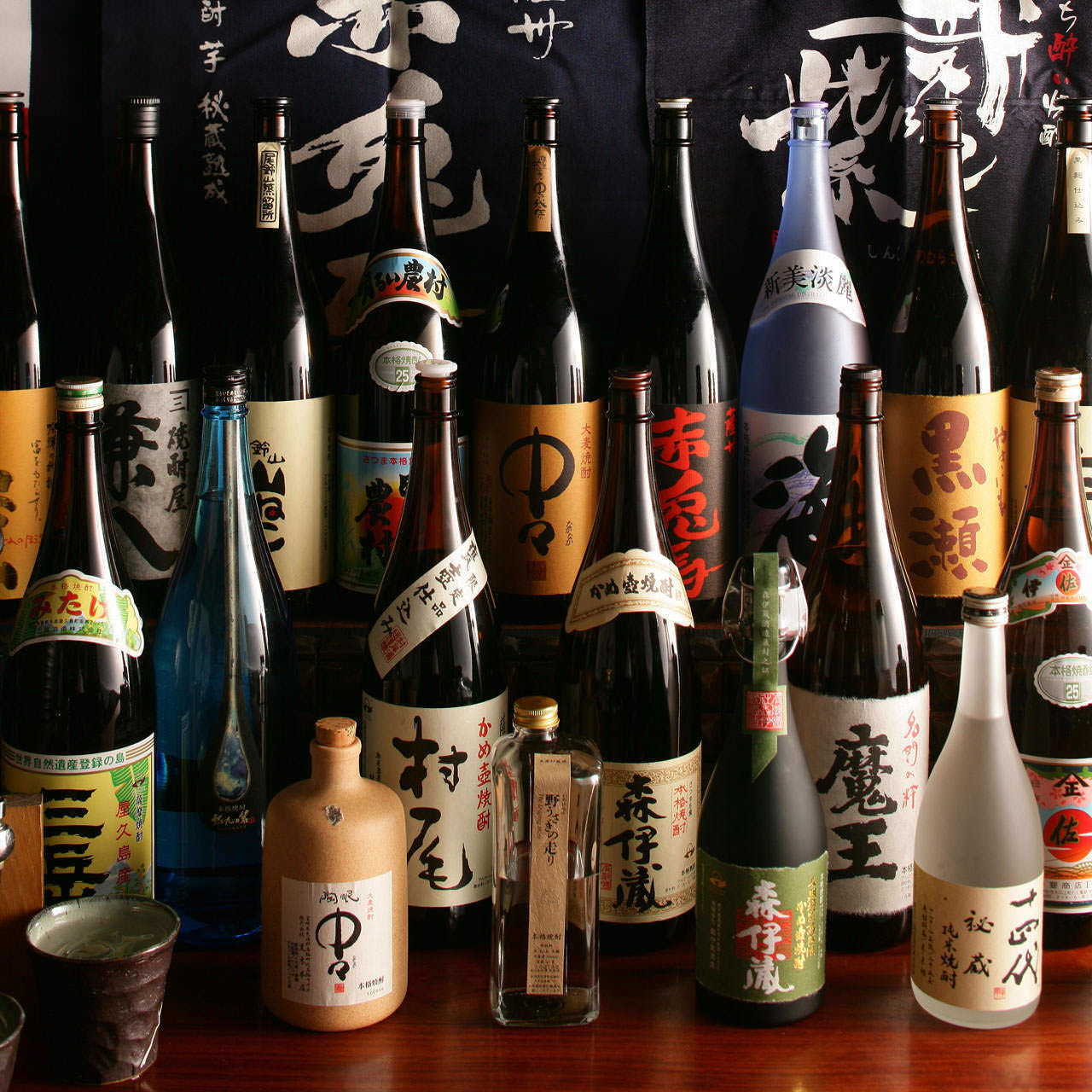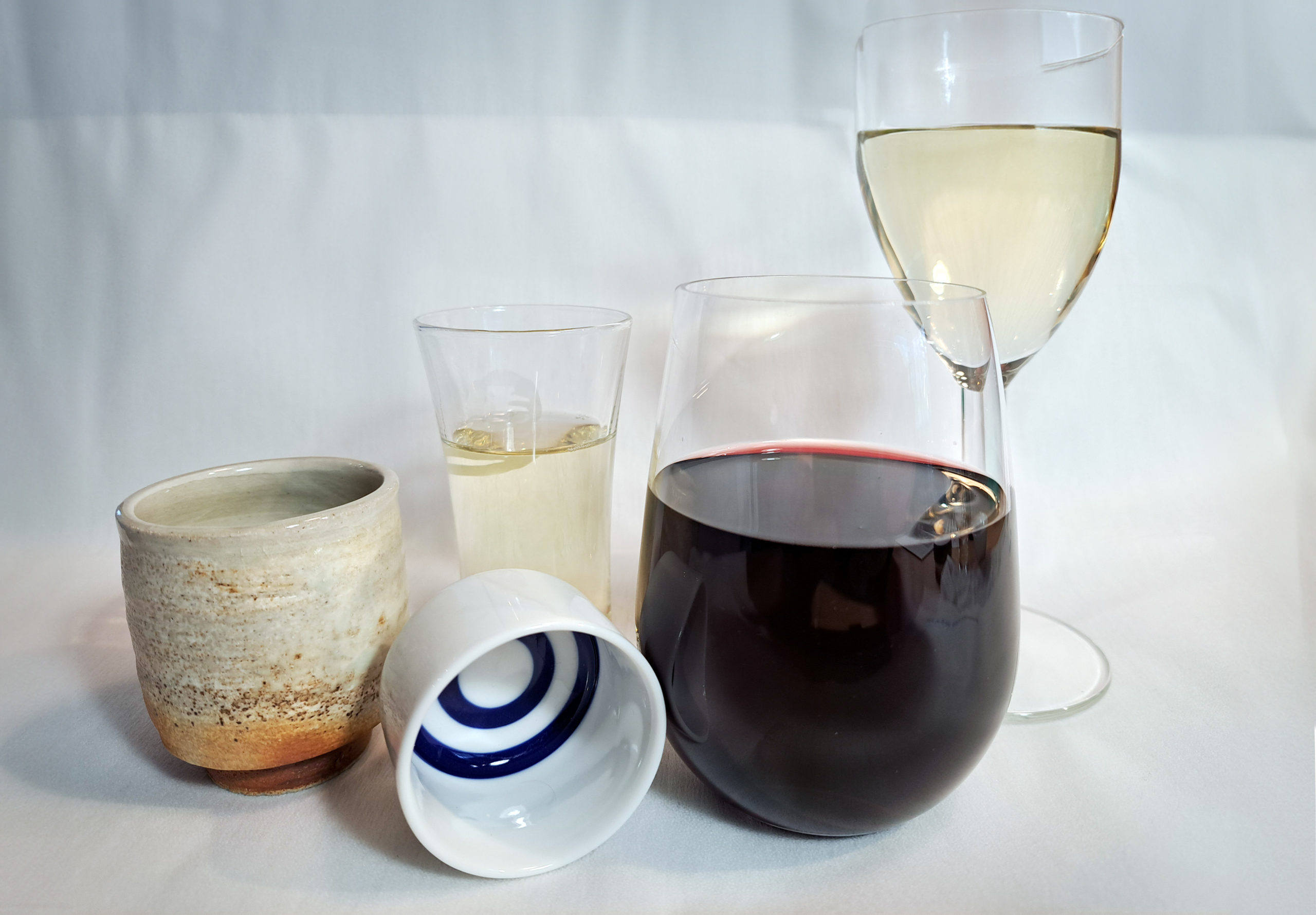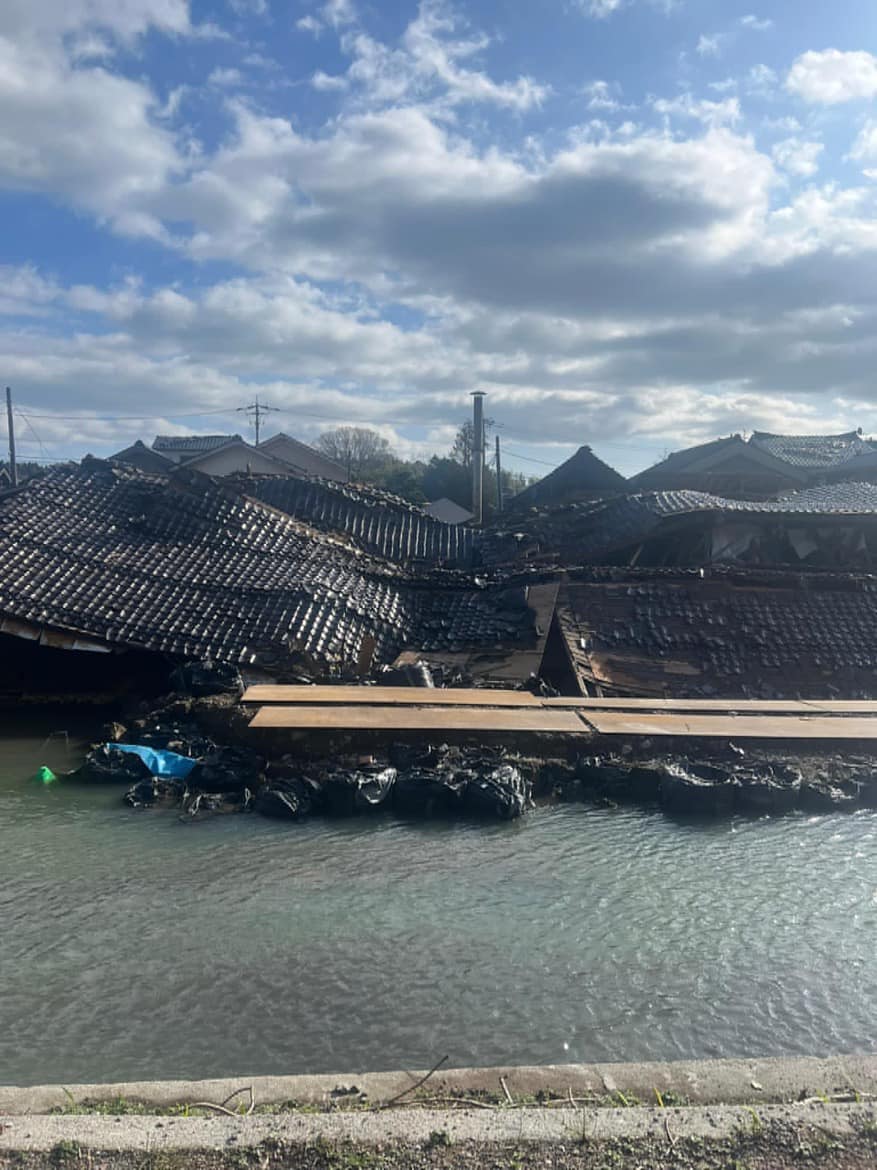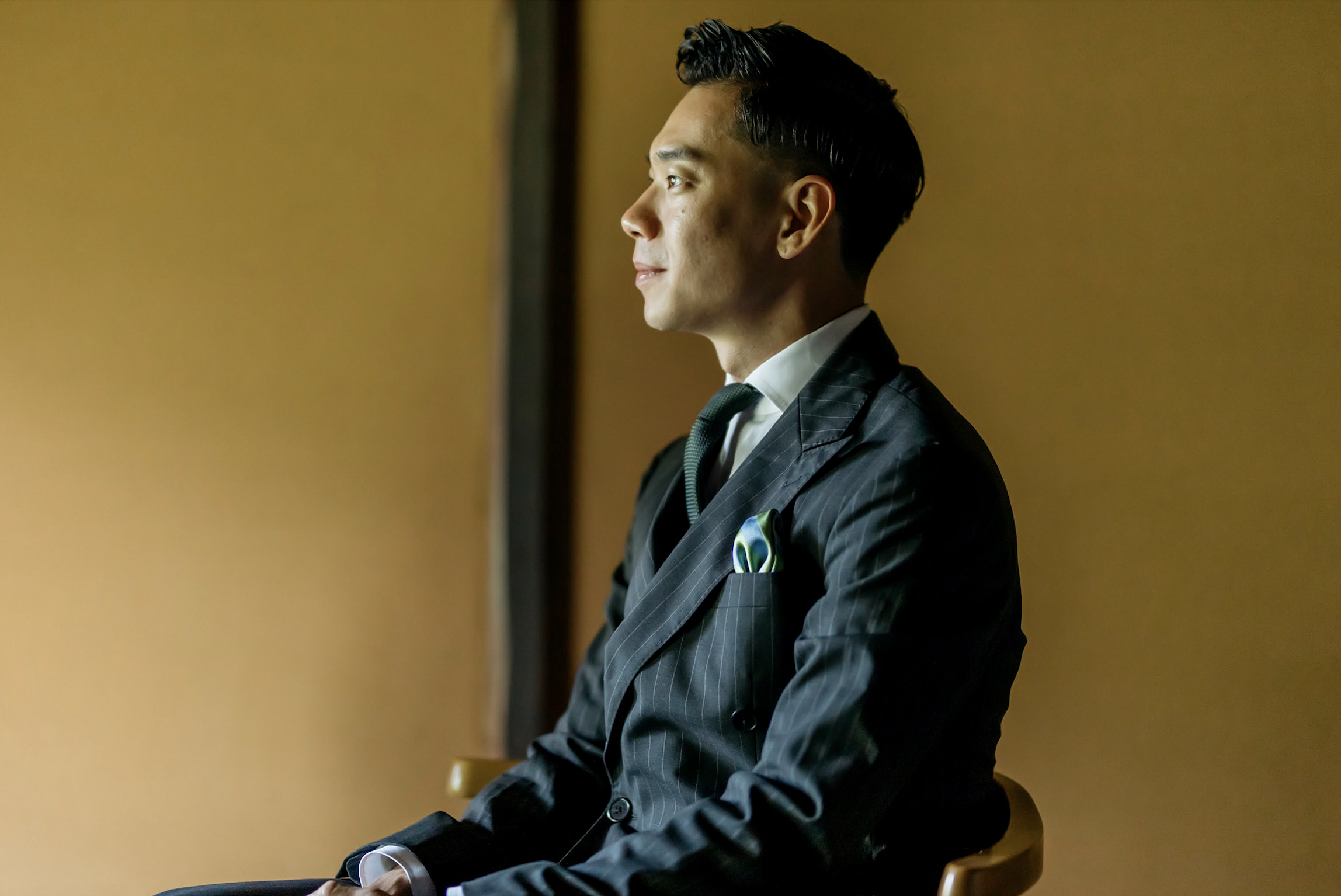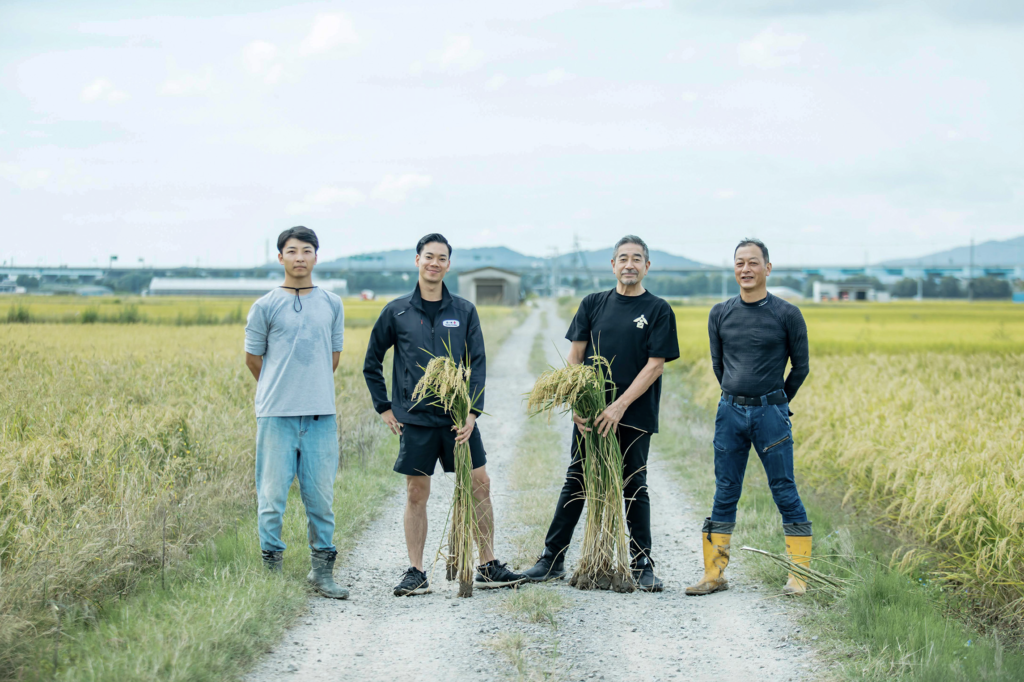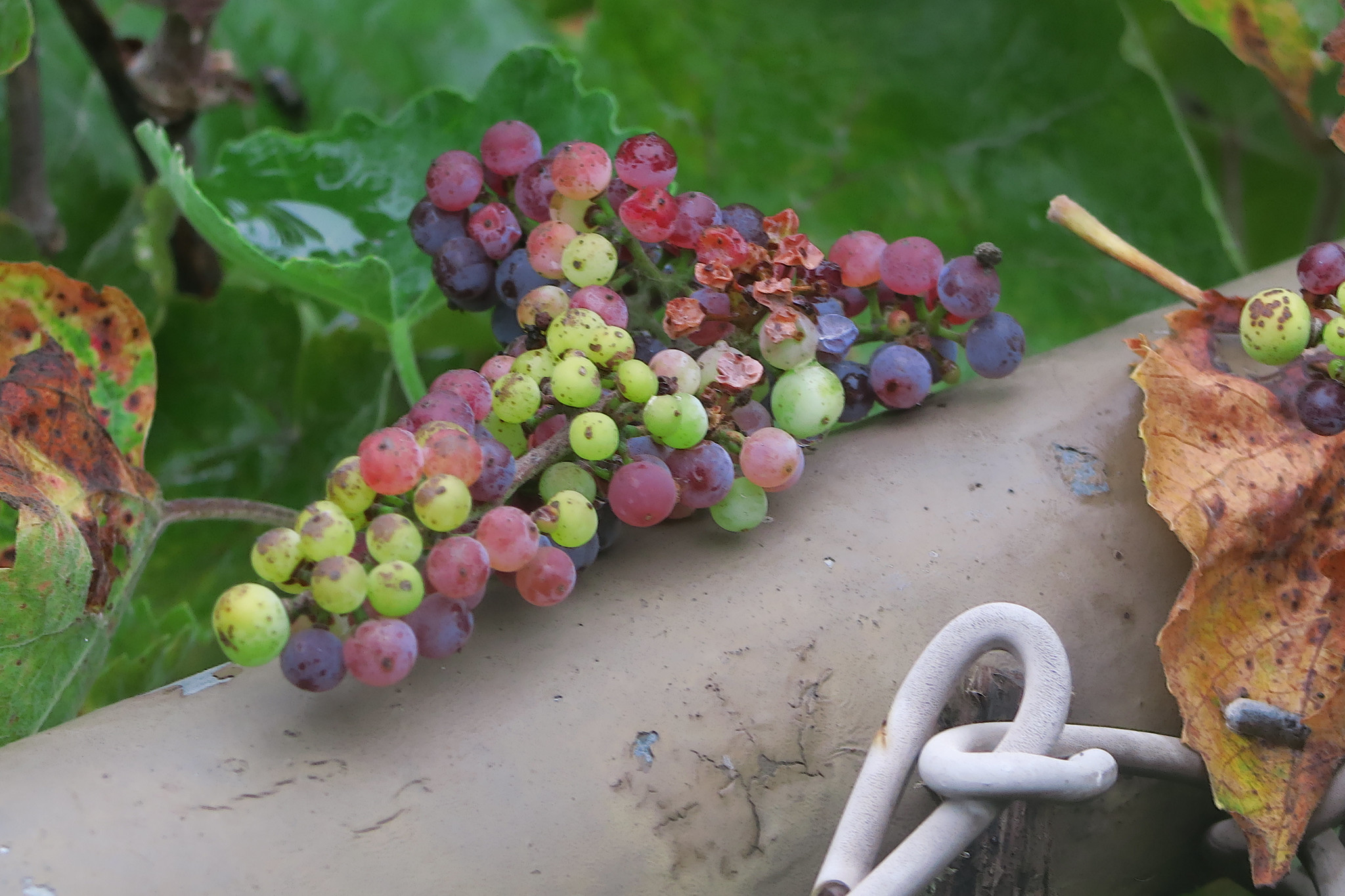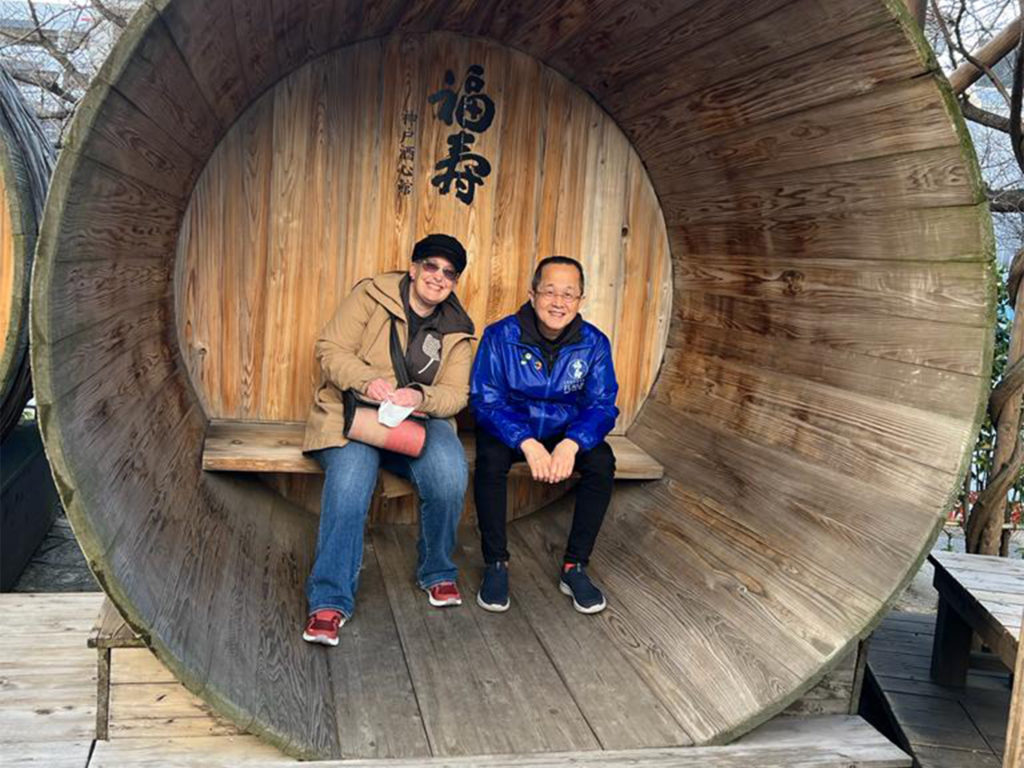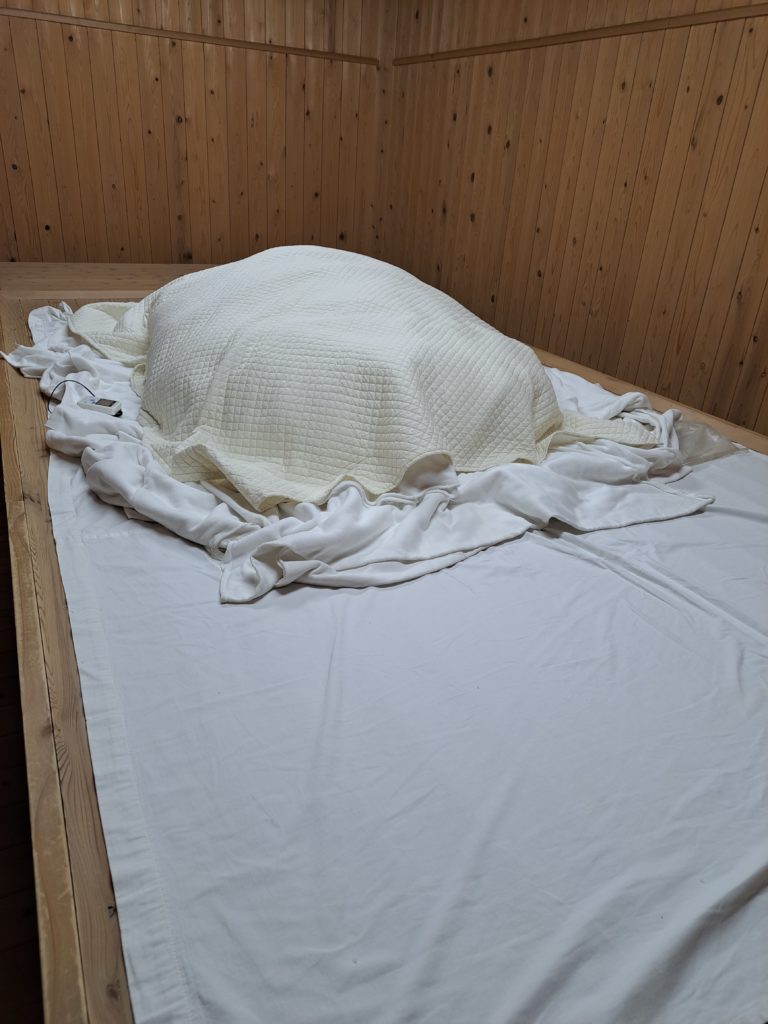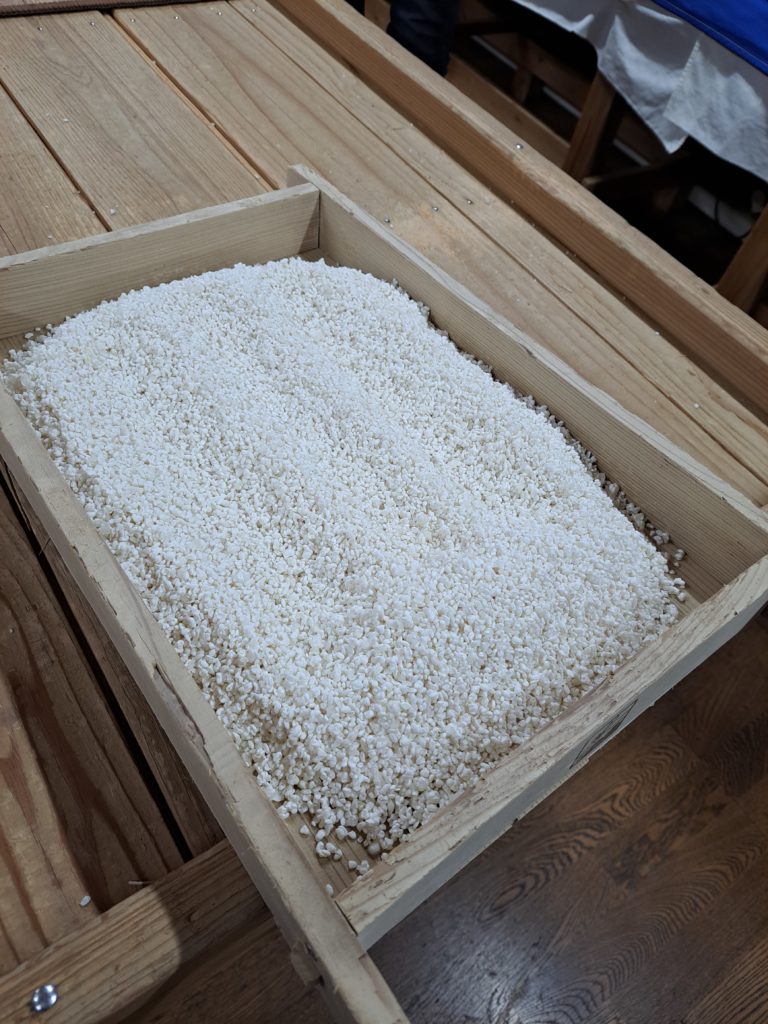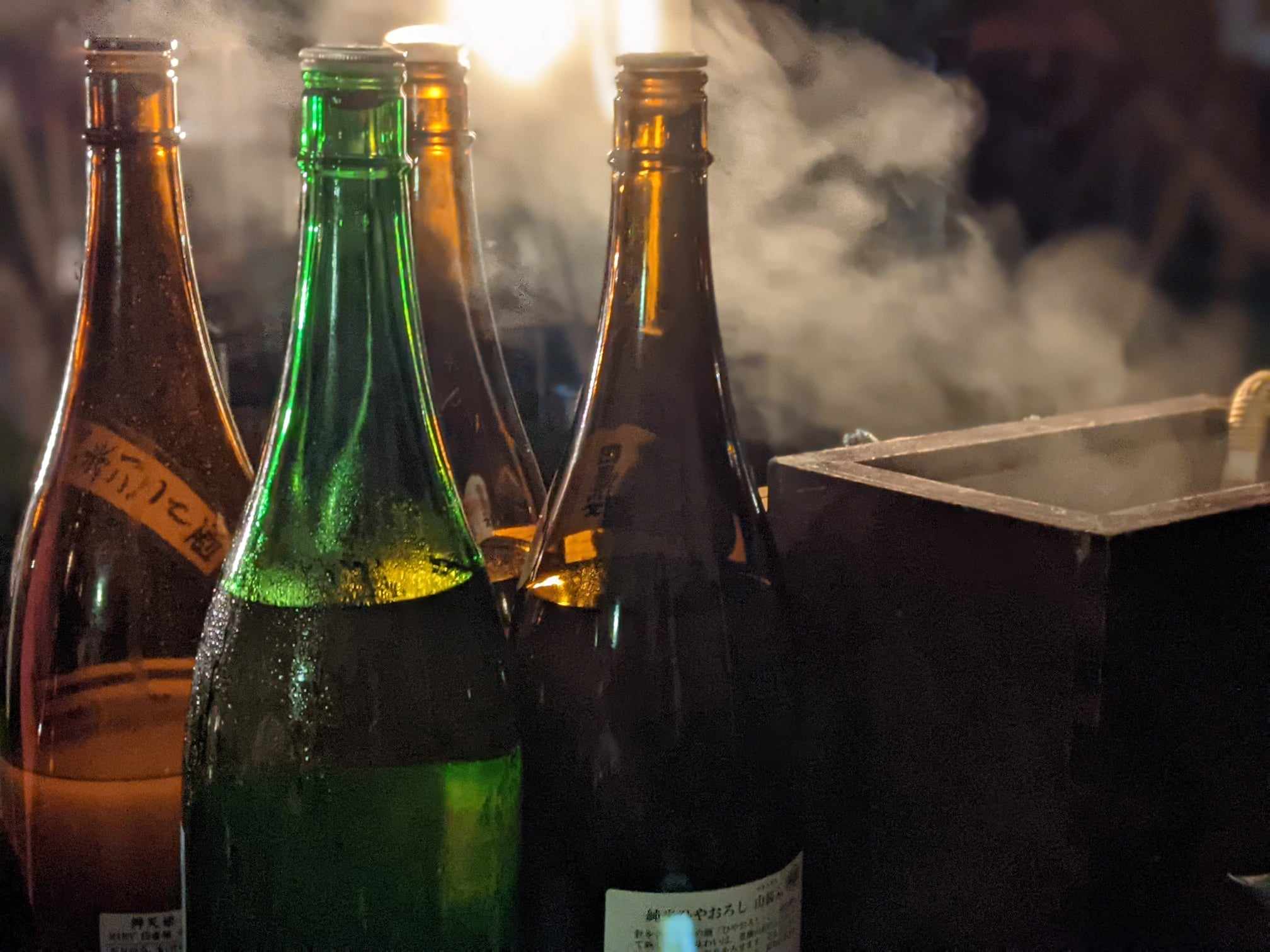a
Many of our listeners are likely aware of the 7.6 magnitude earthquake that struck the Noto Peninsula of Ishikawa Prefecture back on New Years Day, 2024. While the most severe damage was unquestionably across the peninsula, the massive quake reverberated across neighboring prefectures as well, resulting in extensive, far-reaching damage that’s going to take a great deal of time to truly assess, not to mention recover from.
Immediately following the earthquake news outlets around the world reported this tragic turn of natural events, however the true nature of the damage and devastation to the region didn’t really come to light until the days and weeks following the quake – long after international media stopped reporting and updating on the aftermath. To be honest, from what we’ve been able to see, although the instance of the quake made the news, most outlets never got around to addressing the realities of the actual devastation.
Since January 1st there have been more than 1,000 aftershocks throughout the first week following the quake alone, with temperatures generally peaking in the 40s and dipping below freezing at night, interspersed with rain and snowfall. Along with the quake came fires and tsunami, as well, bringing with them a whole other level of devastation.
Amidst this harsh environment, a vast number of locals and residents are now without homes and proper shelter, and still without running water, electricity, gas, and other daily fundamentals required for basic health, warmth and sanitation. Severe damage to the roads and infrastructure is making support and rescue services slow and limited, as each trip into the region needs to be carefully calculated. Many locals are stranded in temporary shelters or housing, attempting to sift through the rubble in areas without running water or electricity amidst the ongoing aftershocks. As such activity is incredibly dangerous, many have had no choice but to flee to neighboring regions with family or colleagues, making occasional calculated rescue efforts back home if or when possible. Many have given up altogether.
For those of us personally and professionally involved in the world of sake, news of such extensive damage to the Noto region has been particularly devastating. Although small in terms of physical area, the impact that the Noto region, it’s brewers, breweries, craftsmanship, and wider culture has had on the sake industry is beyond significant; I’d go so far as to call it legendary.
Ishikawa Prefecture has played home to several of the most iconic toji and breweries to grace the sake stage in recent history, developing brewing techniques that have proliferated across the country and standardized a lot of brewing practices for the industry. For what the region lacks in physical size, the Noto Toji Guild more than makes up for in member numbers and influence. Toji aside, the number of brewers from the Noto region working throughout Japan are more than you could easily count. Many of the traveling brewers from Noto were away brewing sake in other regions when the quake happened, left without a means to return home to check on their family, or returned home to find everything destroyed. Many no longer have a place to go home to.
Of the 11 breweries that are considered to be part of the Noto region, none are in a position to resume production this year, and due to the extensive damage, many likely won’t be able to resume production at home for several seasons to come – if at all. Based on the latest official report from the Japan Sake & Shochu Makers Association, of the 33 member breweries in Ishikawa Prefecture, 24 of them reported damages, with 2 reported cases of severe damage. With the quake happening in January – peak brewing season – most, if not all in-tank product was lost, with completed, bottled stock largely destroyed. Not only are breweries unable to resume production, their short-term source of income – their sake – is also gone.
Being a program about sake, naturally the direct impact to the sake industry is going to be our area of focus. However, I feel a need to point out the greater significance of the Noto region to our listeners, as the work, craft, traditions, and resulting culture that’s deeply rooted there is something truly special in a way that’s difficult to describe in words. Personally, the people, the craftsmanship, and the landscape of the Noto region became a foundational inspiration for me early on, as it exemplified the qualities that make Japan a beautiful, special place in a way that I really haven’t found any place else. Every time I visit, I’m in awe that it’s a place that actually exists and I feel blessed to be able to know so many of the people and to have had so many rich experiences that reaffirm the intangible value of the region. When I think of the idea of an “Intangible Cultural Heritage,” Noto is – in my mind – the perfect, most iconic example to fit the definition.
In addition to contributions to the world of sake, the Noto region is home to the iconic lacquerware that is so synonymous with Japan. Noto was also the first region in Japan to be recognized as a Globally Important Agricultural Heritage System for its biodiverse agricultural practices and inseparable cultural components. The Kiriko Festivals in the summer are like nothing you’ll find anywhere else in Japan. The incredible contributions to food and fermented food culture that are deeply rooted in and associated specifically with the region; from ishiru, the naturally fermented fish sauce crafted from squid or mackerel, to the traditional salt-making practices that are like nothing that exists anyplace in Japan, or arguably anywhere, for that matter. (There’s an incredible documentary, “Hitonigiri no Shio”, for those interested). The financial and structural damage aside, the cultural damage is immeasurable, and it’s devastating to imagine a world where some of it may be irreparable.
In addition to the Noto Peninsula and other parts of Ishikawa prefecture, damage has been reported throughout surrounding regions, as well. Neighboring Toyama Prefecture has 3 breweries officially reporting damage as a result of the quake, Fukui reporting 2 breweries, Nagano reporting 1, and Niigata actually has 29 of its 89 member breweries reporting damage. While nothing to the extent or scale of what’s happened to the breweries in Noto, there’s sure to have been minor structural damage or lost product in some capacity as a result.
The question that I imagine – and hope – that many of you have is: “How can I help?”
There are many organization that have set up means of providing financial aid for a range of people, services and industries, however for those interested in supporting the breweries that have been devastated by this natural disaster, the two safest, most guaranteed means of support would be donating to the funds set up by the Japan Sake and Shochu Makers Association to support all of its member breweries that have suffered damages, or you can also donate directly to the Brewers Association of Ishikawa Prefecture – which is where the Noto Region is located – and concentrate your contribution in that region.
We’ve listed the account information for aid contributions for both of these organizations below. If you have the means to give, know that any contribution, however small, would go a long way toward preserving something of intangible value to the future of the sake industry.
I also know that many people are probably eager to try and help in other ways which aren’t only monetary. Having been in touch with individuals working in relief on the ground in the region, and based on past experiences witnessing natural disaster aid in Japan, honestly, while everyone would certainly be appreciative of additional outreach, the reality is that the logistics of organizing functional, efficient, support in such an unstable environment is incredibly challenging and is best left up to those with experience and who understand the region and its needs best. If you live in Japan and happen to have direct involvement with other organizations supplying other forms of aid, there may be an opportunity for you. However, having spoken with breweries and distilleries that suffered similar natural disasters in the past, the reality is that many don’t have the resources or bandwidth to engage in a range of activities immediately following such a disaster, and that what every brewery is going to eventually encounter once they’ve managed to sift through the rubble, figure out how they’re going to take care of their family, workers, and loved ones, and assess the magnitude of restoration – both physically and financially – they’re going to be staring down a monetary burden that’s going to feel crushing. Having some degree of financial resources ready for when that day comes is likely going to be the most helpful contribution that most any individual can make.
The other thing I could suggest – find and enjoy yourself some Noto or Ishikawa sake. As long as there are still people out there actively seeking and enjoying the incredible craft coming out of this region, that’s going to motivate those that are struggling more than anything else. Drink, enjoy, and share.
DONATION INFORMATION
Option 1: Support via the Japan Sake & Shochu Makers Association
Bank: Sumitomo Mitsui Banking Corporation
Branch: Hibiya
SWIFT Code: SMBCJPJT (8 characters)
*If 11 characters are required, enter: SMBCJPJTXXX
Beneficiary Account Number: 8646691
Beneficiary Account Name: JAPAN SAKE AND SHOCHU MAKERS ASSOCIATION Chairman Haruhiko Okura
*Listing may be displayed in Japanese romanization, which will look like:
Nihonshuzou Kumiai Chuoukai, Gienkin-kuchi, Kaichou Okura Haruhiko
Address: 1-6-15 Nishishimbashi, Minato-ku, Tokyo 105-0003 JAPAN
Option 2: Support via the Ishikawa Prefecture Brewers Association
Bank: The Hokkoku Bank, Ltd.
Branch: Kanazawajyohoku
SWIFT CODE: HKOKJPJT
Beneficiary Account Number: 119-0036977
Beneficiary Account Name: ISHIKAWAKENSHUZOUKUMIAIRENGOUKAI
Address: 2-13-33 Motomachi, Kanazawa-shi, Ishikawa-ken 920-0842 JAPAN
Thanks so much for taking a few moments to catch up on this situation with us. We’ll do what we can to provide updates when concrete information becomes available, so please do follow along with us here at Sake On Air, whether it be on Instagram, X, or Facebook, and you can reach us all directly with your thoughts or questions at questions@sakeonair.com.
There’s more Sake on Air headed your way soon.
Until then, kampai!
Sake on Air is made possible with the generous support of the Japan Sake & Shochu Makers Association and is broadcast from the Japan Sake & Shochu Information Center in Tokyo. The show is brought to you by Potts.K Productions with audio production by Frank Walter. Our theme, “Younger Today Than Tomorrow” was composed by forSomethingNew.

